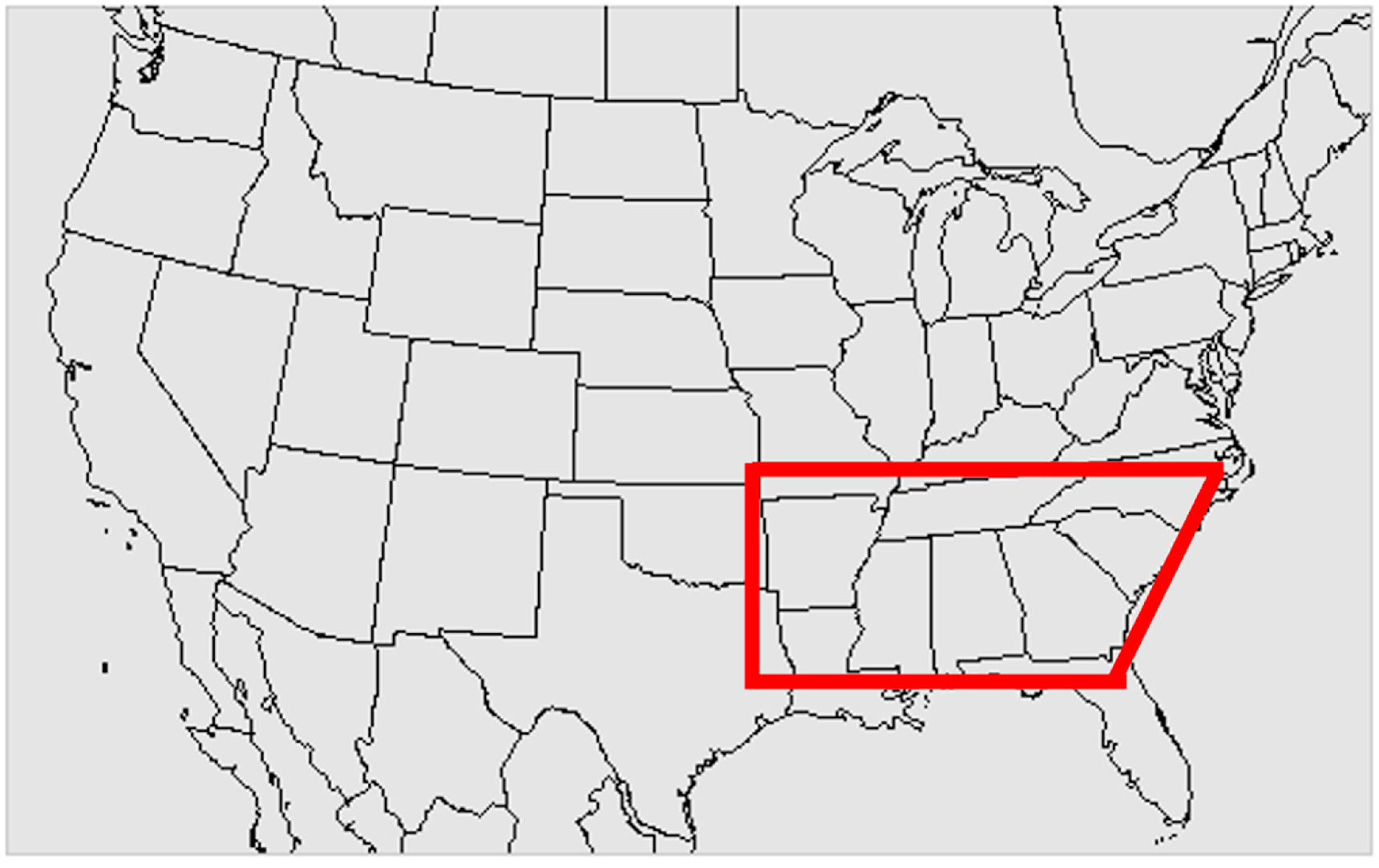FORCeS and FORTH project participants Ksakousti Skyllakou (WP1) and Prof. Spyros Pandis (WP1 and WP5) are co-author on the newly published paper “Predicted and observed changes in summertime biogenic and total organic aerosol in the southeast United States from 2001 to 2010”. In this study, the researchers involved have investigated the ability of a chemical transport model (PMCAMx) to predict the concentrations of organic aerosols (OA) in the southeast United States during the summers of 2001 and 2010.
Biogenic secondary organic aerosol (bSOA), a significant component of particulate matter, is influenced by emissions of biogenic volatile organic compounds (VOCs) and anthropogenic sources. The model, incorporating detailed gas-phase chemistry, volatility-based secondary organic aerosol (SOA) formation, and compound interactions, successfully predicted OA concentrations for both periods in urban and rural areas. Although the fractional error of OA predictions remained consistent, the fractional bias increased at some sites. Notably, anthropogenic SOA decreased by 45% from 2001 to 2010, while biogenic OA increased, resulting in a higher biogenic fraction of total OA.
The study concludes that the model accurately simulates changes in a region with abundant biogenic VOCs and SOA. Read more about the results of this study, published in Atmospheric Environment on January 1st 2024, under publications or by clicking here.


